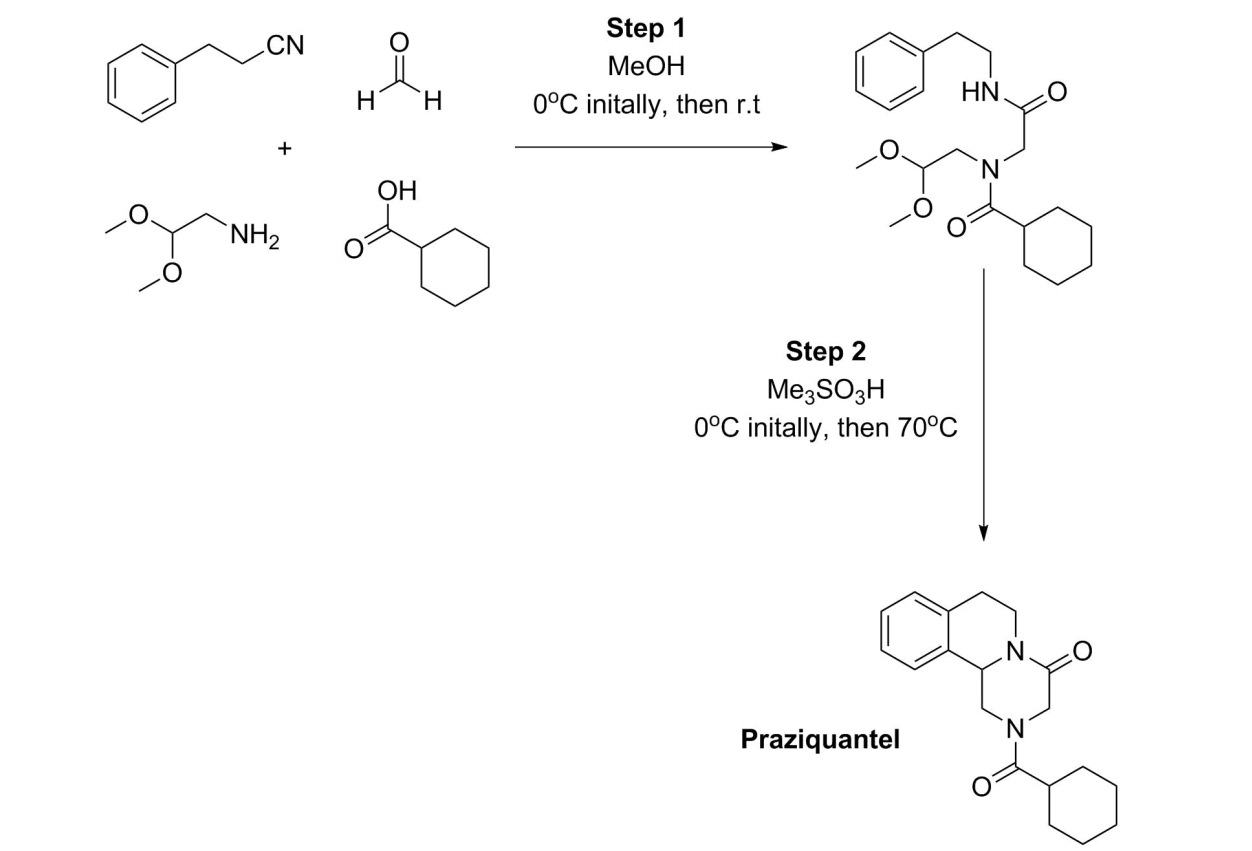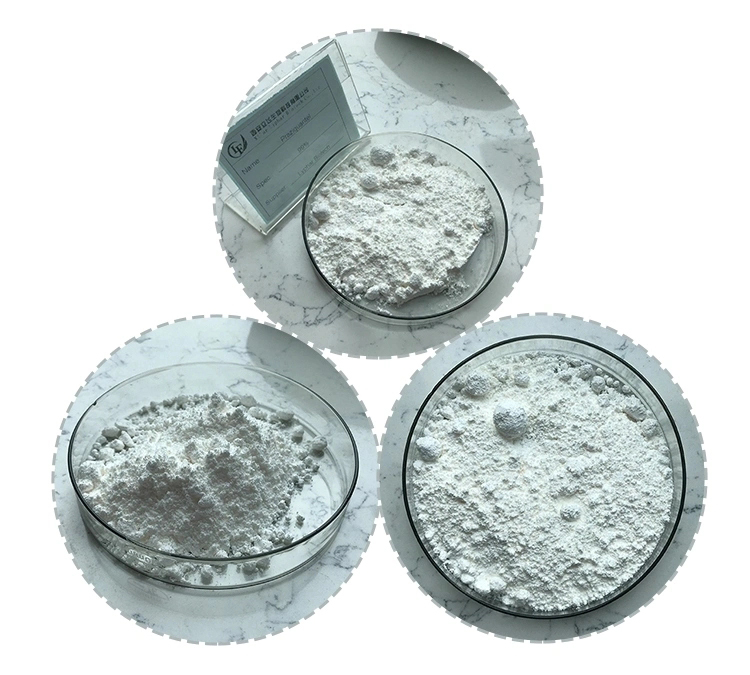Praziquantel is a widely used antiparasitic drug, primarily known for its effectiveness against a variety of parasitic infections, most notably schistosomiasis and liver fluke infections. Research on praziquantel has evolved over the years, focusing on improving its efficacy, expanding its therapeutic applications, understanding its mechanisms of action, and addressing concerns about resistance. Here are several key areas of ongoing research:
1. Mechanism of Action
- Ion Channel Modulation: Praziquantel’s action is thought to involve the modulation of calcium channels in the parasite, causing increased calcium influx and resulting in muscle contraction, paralysis, and ultimately death of the parasite.
- Target Identification: Ongoing research is focused on elucidating the precise molecular targets of praziquantel in the parasite. Some studies suggest it interacts with the parasite’s surface membrane, disrupting its integrity and causing immune system recognition.
- Parasite Immune Evasion: Understanding how praziquantel interacts with the immune system and the mechanisms that parasites use to evade it is also an important research direction, particularly in light of concerns over developing resistance.
2. Resistance
- Emerging Resistance in Schistosoma spp.: While praziquantel is highly effective against schistosomiasis, there is growing concern about the development of resistance in Schistosoma species. Some research focuses on understanding the genetic and biochemical mechanisms of resistance and developing strategies to counteract or delay it.
- Resistance Mechanisms: Research is investigating how changes in drug uptake, metabolism, or drug-target interaction might contribute to praziquantel resistance. Efforts are also being made to develop combination therapies to prevent or delay resistance development.

3. Drug Formulation and Delivery
- Enhanced Bioavailability: Although praziquantel is widely used, its oral bioavailability can be a limiting factor in some settings. Researchers are investigating ways to improve its absorption, such as by modifying the drug’s formulation or using delivery systems like nanoparticles or liposomes.
- Long-acting Formulations: There is interest in developing longer-acting formulations of praziquantel to reduce the frequency of treatment and improve patient compliance.
4. Efficacy in Treating Other Parasites
- Neurocysticercosis: Some studies suggest that praziquantel may be useful in treating neurocysticercosis, a parasitic infection caused by Taenia solium. Researchers are exploring its effectiveness in different forms and stages of infection.
- Malaria and Leishmaniasis: In addition to its use in helminthic infections, researchers have investigated praziquantel’s potential effectiveness against other parasitic diseases such as malaria and leishmaniasis, although it is not currently standard treatment for these diseases.
5. Adverse Effects and Safety
- Toxicity Profile: Praziquantel is generally considered safe, but its potential side effects (e.g., dizziness, gastrointestinal disturbances) are being studied in more detail. Research aims to better understand the pharmacokinetics and safety profile, especially in vulnerable populations such as children or those with HIV.
- Co-infections and Polyparasitism: In endemic regions, individuals are often infected with multiple types of parasites. Research is focusing on the safety and efficacy of praziquantel in such co-infected populations.
6. Improved Diagnostics and Treatment Strategies
- Point-of-care Diagnostics: There is significant interest in the development of rapid diagnostic tests for parasitic infections, particularly schistosomiasis, to better target praziquantel treatment and monitor treatment outcomes.
- Treatment Regimens and Combination Therapies: Researchers are exploring the use of praziquantel in combination with other antiparasitic drugs to enhance efficacy, particularly in regions with high levels of drug resistance. Additionally, efforts are being made to establish optimal dosing schedules and regimens for different age groups and disease stages.
7. Global Health and Public Health Initiatives
- Mass Drug Administration (MDA) Programs: Praziquantel is a key drug in mass drug administration campaigns aimed at controlling and eliminating schistosomiasis and other helminthic infections. Research focuses on optimizing the delivery and distribution of praziquantel in endemic areas, evaluating the impact of MDA on parasite transmission, and addressing the challenges of access in remote regions.
- Combination Approaches for Elimination Programs: To support the goal of eradicating schistosomiasis and other neglected tropical diseases (NTDs), researchers are exploring combination strategies that include praziquantel alongside other interventions like vector control, sanitation improvements, and public health education.

8. Genetic and Epigenetic Research
- Genome-wide Studies: Advances in genome sequencing are providing insights into the genetics of parasitic species that are targets of praziquantel. By understanding the genetic diversity of parasites, researchers can identify potential biomarkers of resistance and target novel pathways for drug development.
- Epigenetics and Drug Response: Understanding how epigenetic modifications in parasites might influence their response to praziquantel is another emerging area of research.
In summary, research into praziquantel is expanding across multiple fronts, including improving treatment efficacy, developing new formulations, combating resistance, and understanding its mechanisms of action in greater detail. With increasing concerns over resistance and the global burden of parasitic diseases, praziquantel will likely remain a critical tool in the fight against neglected tropical diseases, but it is also clear that additional strategies and innovations will be necessary to maximize its impact.
